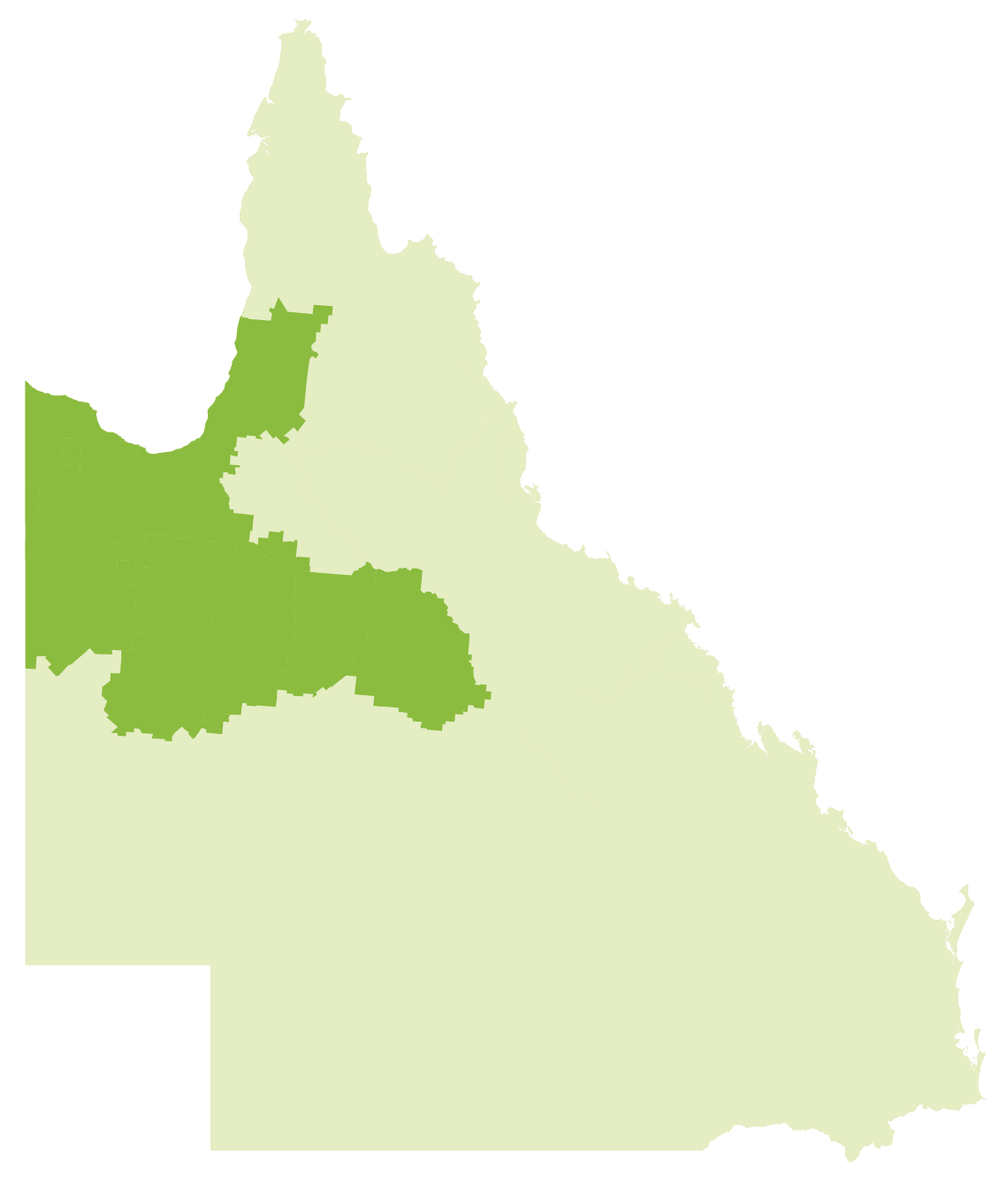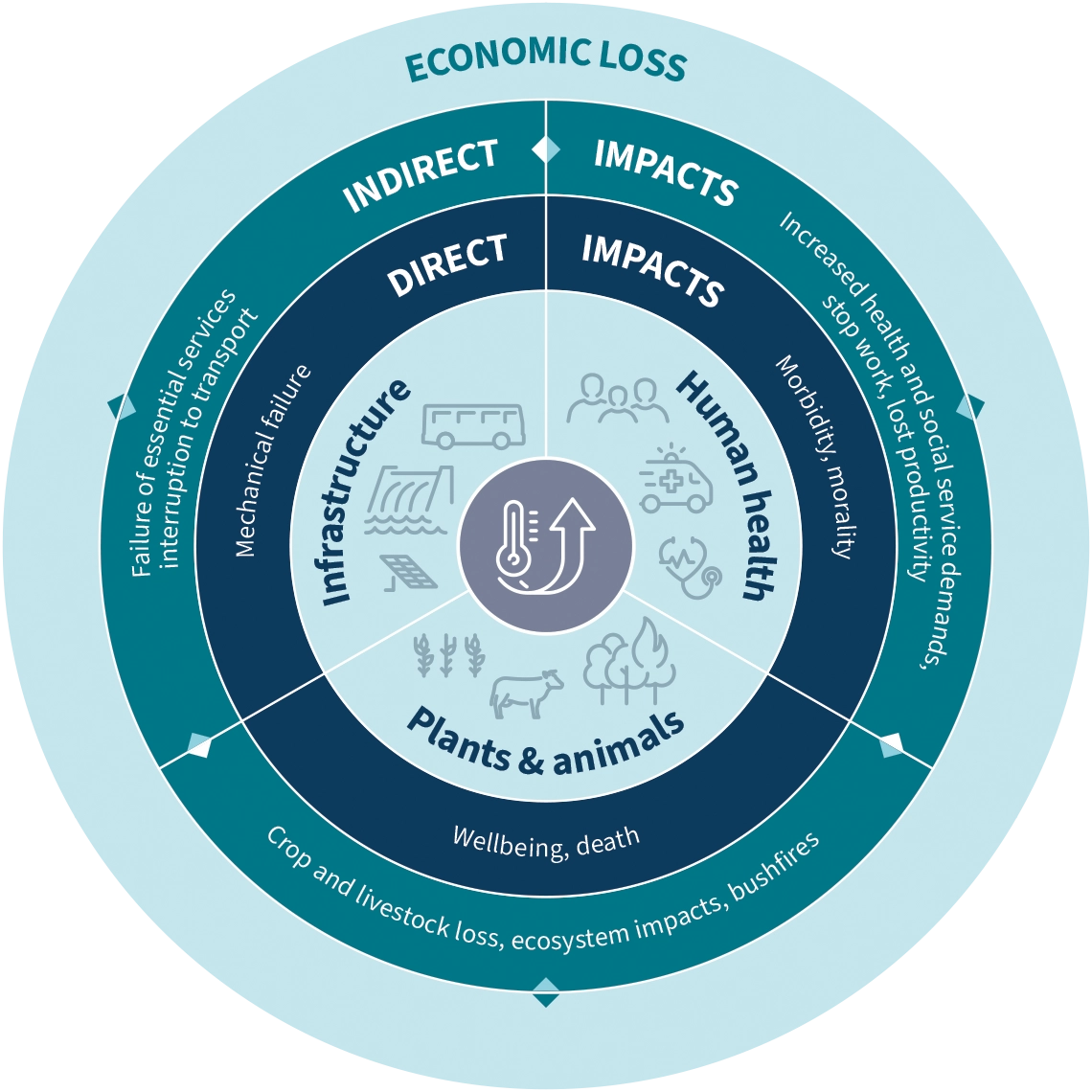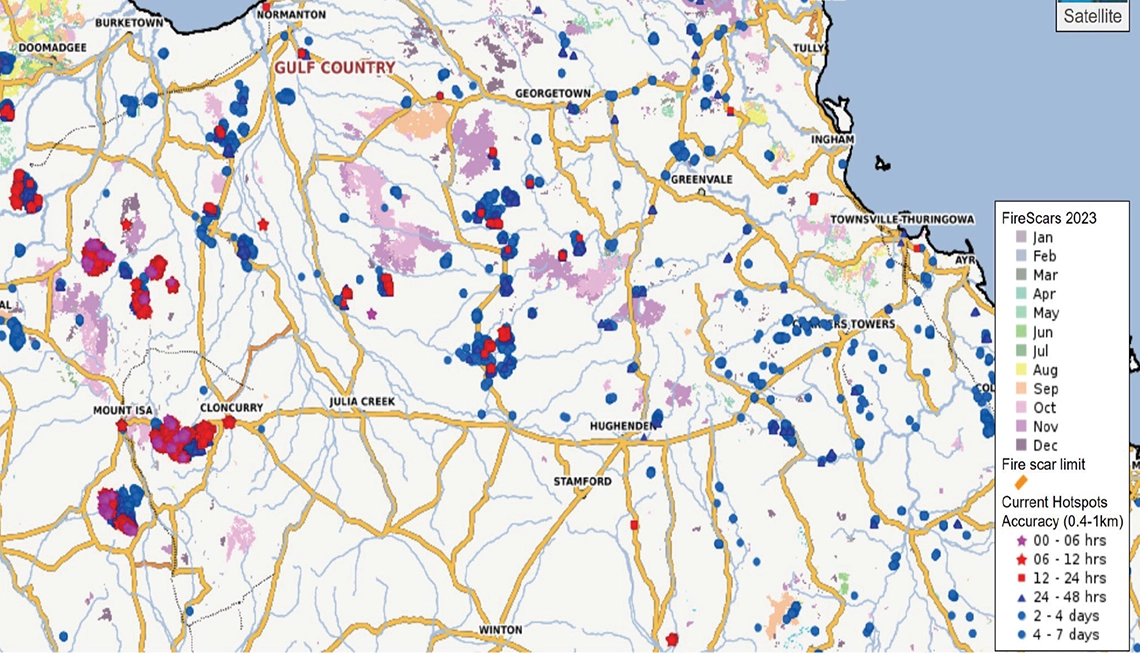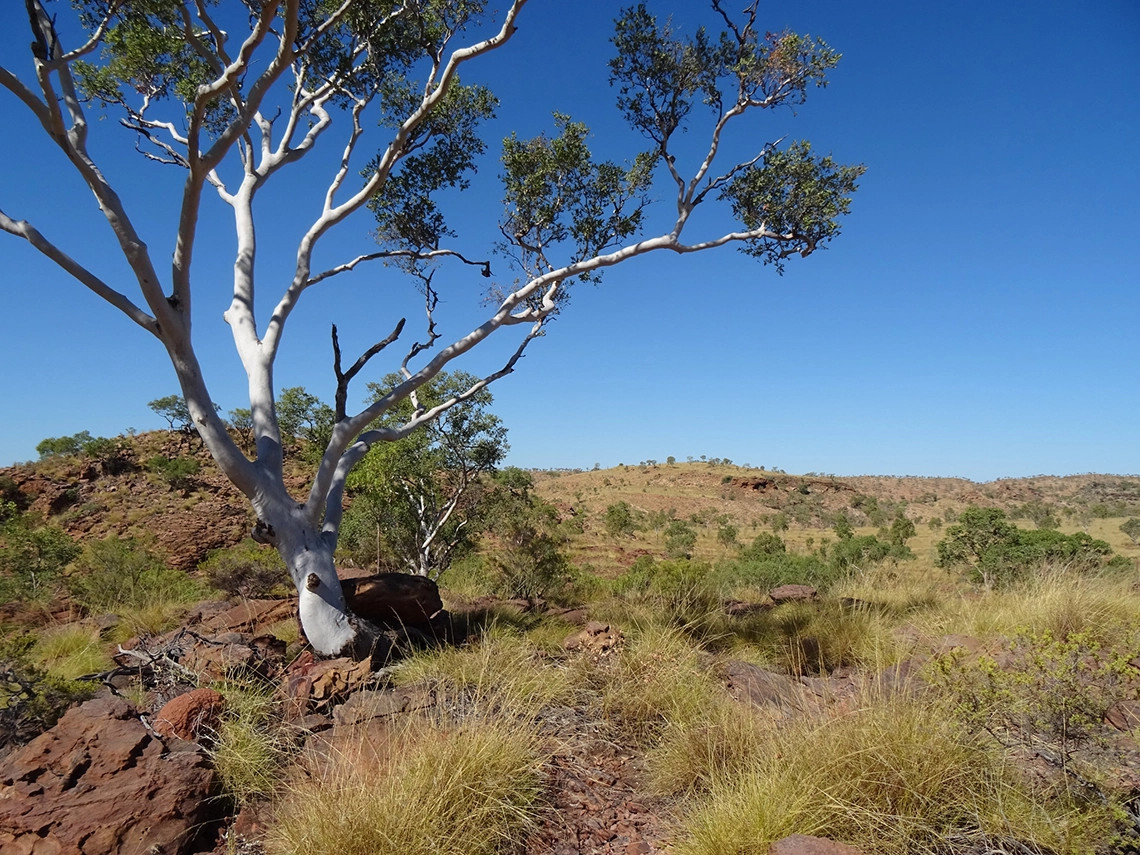

Overview of North West

The North West Queensland region is situated in the north west corner of Queensland, with the Northern Territory and northern coastline forming part of the border.
The region spans 307,082.2 km², occupying approximately 12% of Queensland’s land area. It contains eight Local Government Areas (LGAs) of Burke Shire Council, Carpentaria Shire Council, Cloncurry Shire Council, Doomadgee Aboriginal Shire Council, Flinders Shire Council, McKinlay Shire Council, Mount Isa City Council and Richmond Shire Council. Despite its significant land area, the region is home to less than 1% of the State’s population. The North West Region has a rich cultural heritage and a significant Aboriginal and/or Torres Strait Islander population. Its main industries include agriculture, mining and tourism.
The understanding of drought in the North West is linked with weather conditions that are strongly correlated with higher temperatures, increased evaporation, heatwave, and reductions in rainfall.
Past impacts of drought in this region
Past impacts | People, culture & community
EXTRACTS FROM THE FULL RDRP PLAN

Communities talk about the emotional drain associated with drought which is linked to its effects on all areas of life. When producers are facing their second or third year in drought, the stress can leave them mentally and physically drained.
A lack of water can also reduce the community’s ability to enjoy recreational water sports which contribute to connectedness, mental and physical wellbeing. Additionally, water is central to the cultural practices and wellbeing of Traditional Owners and First Nations communities. Drought also impacts family, land and water which means that during dry periods, cultural and recreational practices such as fishing and camping are impacted.
Past impacts | Economy
EXTRACTS FROM THE FULL RDRP PLAN

The economic impacts of drought in the North West have been reported as different from those in other regions.
Droughts have significant impacts on beef cattle prices due to pressure on producers to destock. Many producers are not able to buy back into the market and these impacts have flow on effects where the cost of meat shortages is passed on to consumers at the supermarket. Tourism is a key industry for the North West region and can provide income during periods of low agricultural productivity. However during dry periods, media reporting can influence tourism to the region due to the representation of perceived or actual droughts.
Past impacts | Landscape and natural environment
EXTRACTS FROM THE FULL RDRP PLAN

A major environmental impact of drought for the North West has been the growth and expansion of weeds and pests. Another key impact was the increased risks of fires due to heat waves and extremely dry conditions. Lack of freshwater flowing from inland waterways also has a significant impact on water temperatures and salinity levels which are key for breeding of key fishery species – such as barramundi, prawns and mud crab.
Other environmental impacts identified included:
- biodiversity impacts with shrinking habitats for native animals and flora with the drying up of water and food sources, and limited refuges for animals
- pests are increasing and native species are decreasing
- sediment builds up in rivers and waterways
- lack of traditional food supplies for First Nations peoples
- stress of heat on animal welfare
- soil erosion and depletion of soil quality inclusion loss of moisture and salinity.
Past impacts | Infrastructure and built environment
EXTRACTS FROM THE FULL RDRP PLAN

Water storage and water security was a key issue raised by multiple stakeholders. Many landholders held licenses for water storage however the license restricted the use of the water for personal use. Other stakeholders reported there are missed opportunities to store rainfall for use during droughts. Drought also impacts the road network in the region. Unsealed roads degrade quickly during drought where normal rainfall maintains the condition of roads. During dry periods, roads turn to dust which impacts access to the community and has flow-on effects for producers agisting livestock, or drive tourism throughout the region. Long periods without rain are often followed by flooding rains, which washes away road pavement destabilised during the dry.
“We could use that water to support our property during a drought and avoid shipping hay in. Water gives you another asset and if we had a storage facility, we wouldn’t have to rely on bore.”
– Resident
Likely future impacts of drought in this region

Future impacts of drought and climate change are both direct and indirect. It will affect health, well-being, life outcomes for animals and humans, ecosystem impacts and challenged infrastructure.
North West Queenslanders are well-versed in the response and recovery from regular acute shocks like floods, severe storms, cyclones and bushfires. However, prolonged and cumulative exposure to stressors and shocks could impact communities’ ability to recover and build resilience to future events. The effects of increased weather variability can also exacerbate existing challenges for producers including debt and profitability, forage production, surface cover, livestock carrying capacity, animal production and weeds and pests. The broader community could also experience increased pressure on health services due to impacts on physical and mental health, decreased tourism to the region, and reduced income for local business. In extreme cases of prolonged drought combined with cumulative shock events, the region may also face migration due to reduced capacity and resilience to respond to ongoing weather variability.
Regional strategy
Take a whole of region approach to mitigating risks of water insecurity.

Support early and accurate decisions before and during drought.

Strengthen partnerships and integrate drought resilience priorities with strategic regional priorities.

Improve land management practices for healthy land and water.

Build economic resilience by supporting diversification and adapting to drought conditions.

Enhance community connectedness, health and wellbeing.
